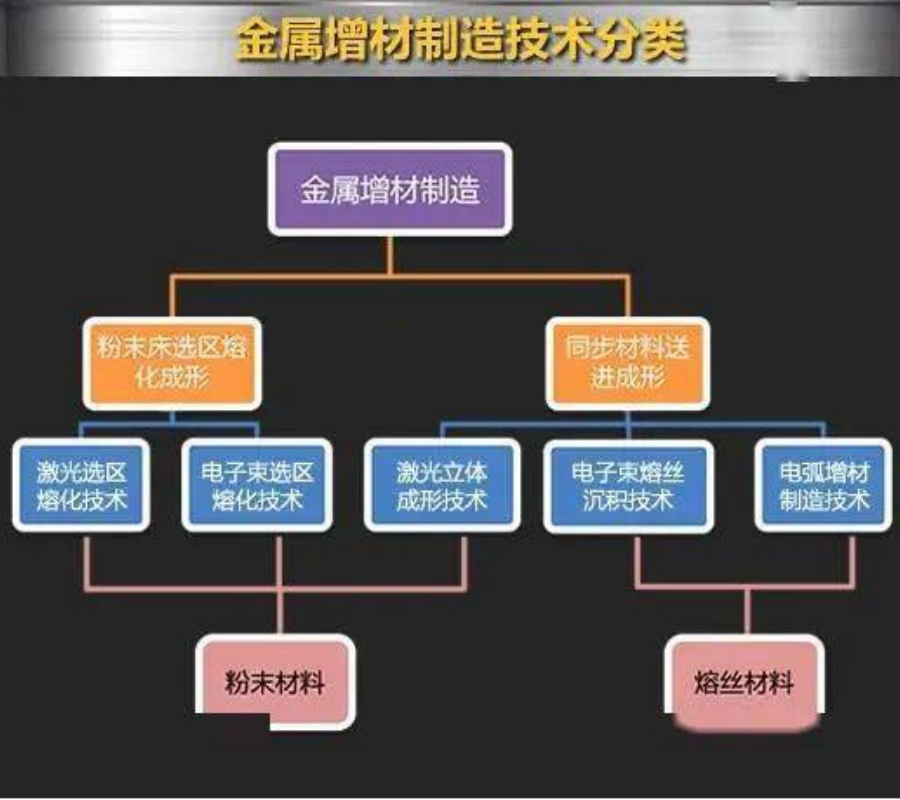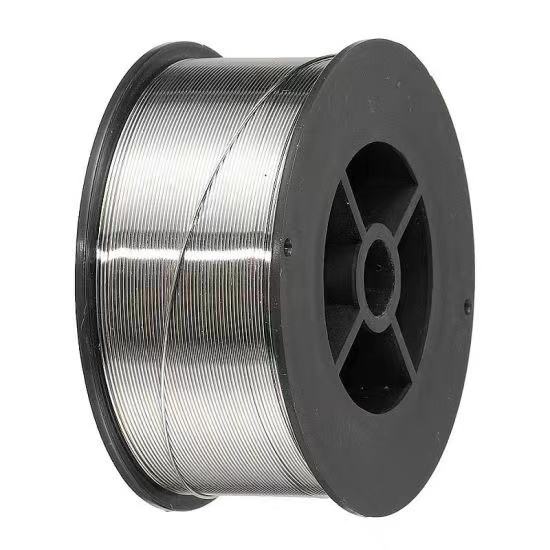
In recent years, with the popularity and application of additive manufacturing technology (commonly known as 3D printing technology), metal additive manufacturing technology has begun to shine in the manufacturing field, and has rapidly developed into one of the most promising advanced manufacturing technologies in the field of 3D printing.
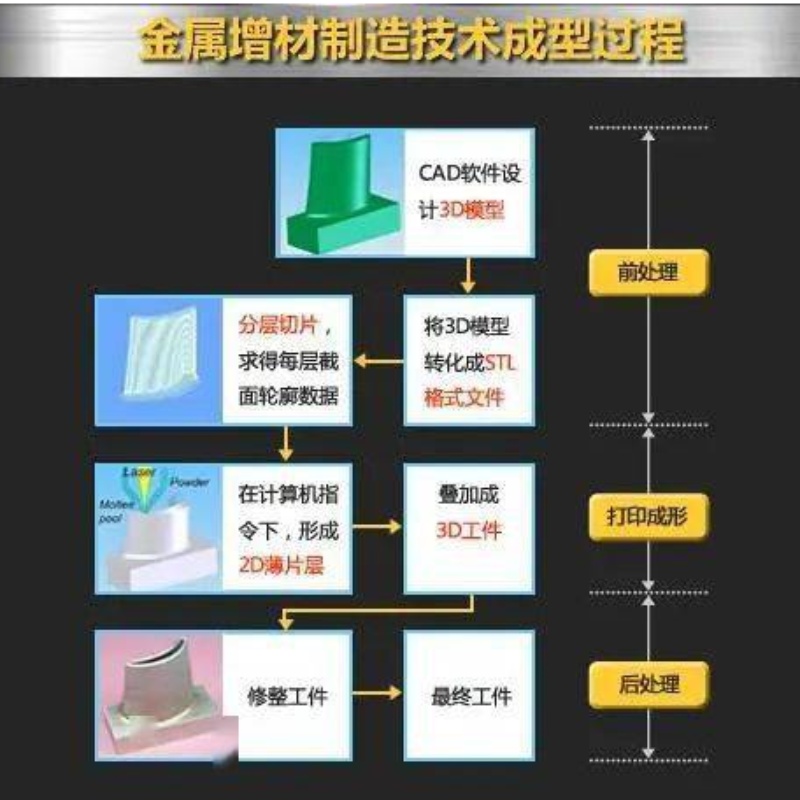
Metal additive manufacturing is the most important branch of additive manufacturing technology. Using powder or wire as raw materials, high-energy heat sources (such as laser, electron beam, etc.) are used to heat and melt raw materials according to pre-planned paths, and then accumulate and solidify them layer by layer.
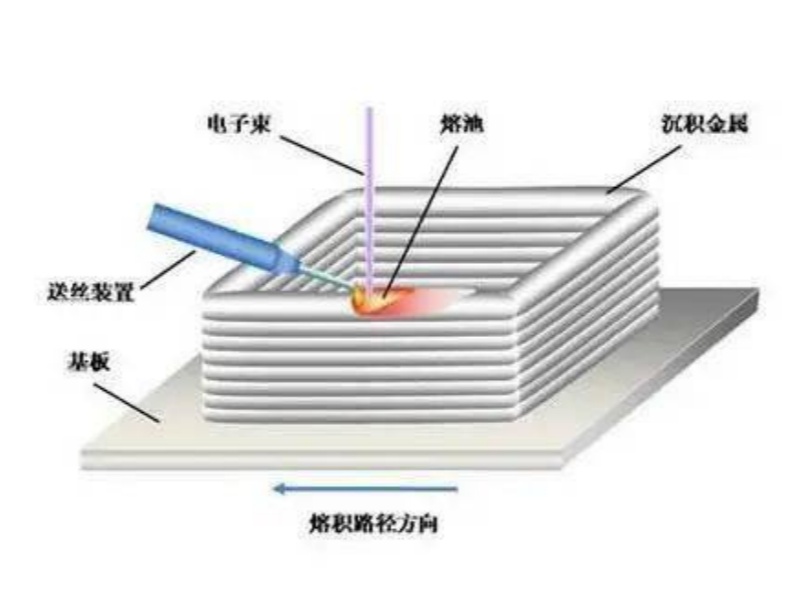
We've talked about 3D printing in some ways before, and today we're going to focus on Electron Beam Additive Manufacturing (EBAM). It uses a high-energy electron beam as a heat source to melt metal powder or wire layer by layer to build three-dimensional metal parts. EBAM technology is a type of Additive Manufacturing (AM) 3D printing technology, which is especially suitable for the production of large and complex metal parts.
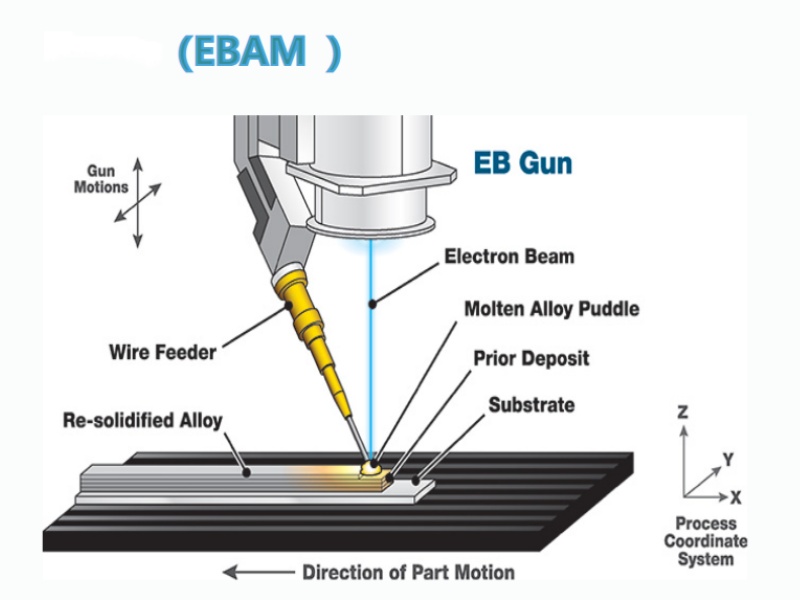
Founded in 1997, Sweden Arcam is the first institution to develop EBM molding equipment in the world. Since 2002, its products have been applied to orthopedics and aerospace and other fields. At present, the maximum molding size of Arcam's EBM products is 2400x1300x2945mm.
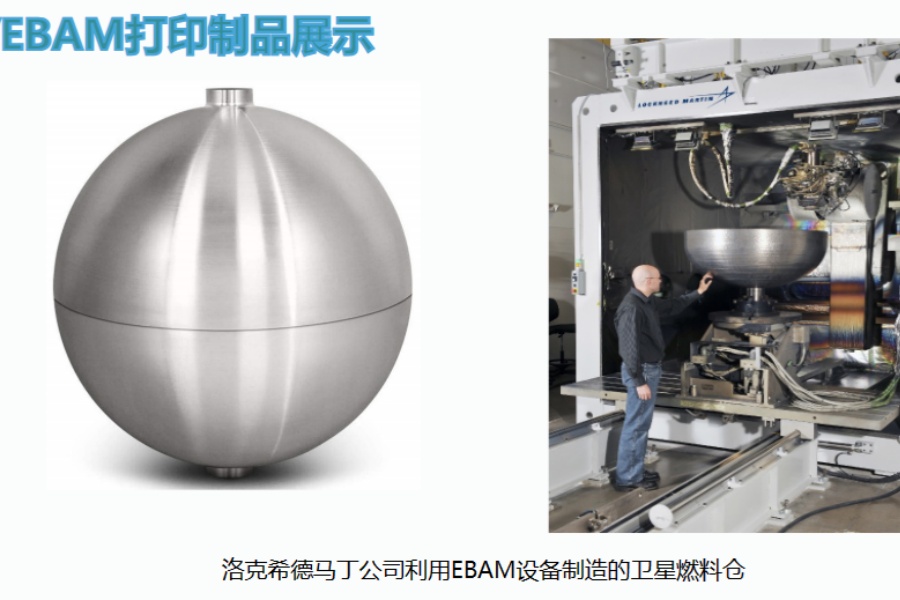
In November 2016, the United States General Electric (GE) company acquired Arcam Company and Concept Laser two 3D printer manufacturers, GE in the field of 3D printing technology application to become an expert and global leader, 3D printing business is doing like a hot. Titanium has been a leader in the metal 3D printing materials Market, accounting for 65.3% of global revenue in 2019, according to the Market Analysis Report.
Titanium wire for additive manufacturing. The FDM printer can be used to print at extruder temperatures above 205 °C. After post-treatment and sintering, these filaments can produce metal parts with more than 90 percent metal content, making them suitable for prototyping.
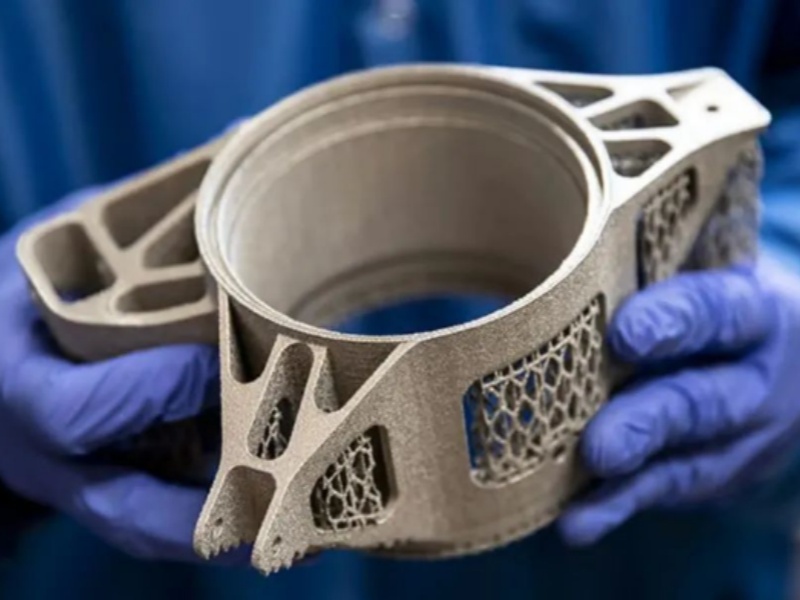
GR5 titanium wire is the most commonly used titanium alloy in additive manufacturing and is ideal for prototyping and functional parts in aerospace, automotive and military applications. It is also an excellent material for the manufacture of parts with complex geometry and precision, as well as for the production of tooling.
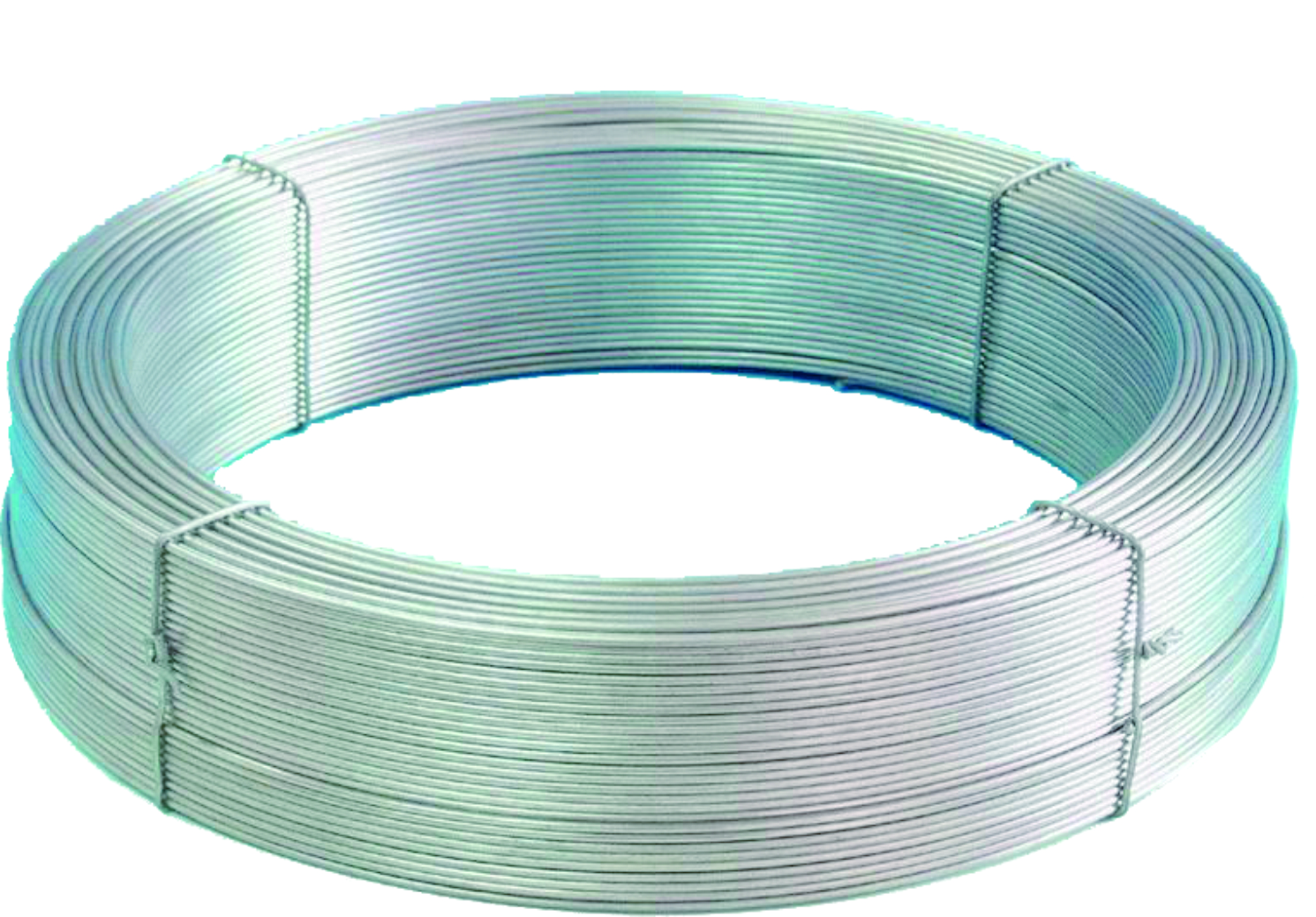
GR23 titanium wire is a biocompatible alloy commonly used in medical implants and prosthetics.
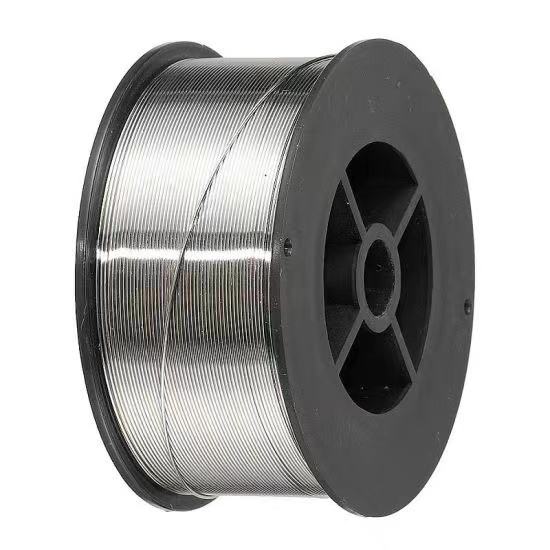
TA15 titanium wire is a near-alpha titanium alloy with added aluminum and zirconium. Parts made of TA15 have high specific strength, combined with high load carrying capacity and temperature resistance, making them suitable for use in heavy-duty parts in aircraft and engine manufacturing.
